GMAT阅读高分难题重点剖析
GMAT 阅读备考过程中,会遇到很多比较难的类型文章,申友GMAT Bella老师告诉大家先别慌,找到突破口,总能一一击破。本篇文章,申友GMAT Bella老师给大家精细解析一篇GMAT阅读难题,希望可以帮助大家在遇到GMAT 阅读难题时怎么着手进行题目解析。
Manufacturers(文章背景)have to do more than build large manufacturing plants to realize economies of scale. It is true that as the capacity of a manufacturing operation rises, costs per unit of output fall as plant size approaches "minimum efficient scale,"(注意新名词,以及它的影响)where the cost per unit of output reaches a minimum, determined roughly by the state of existing technology and size of the potential market. / However,(注意转折词的出现)minimum efficient scale cannot be fully realized unless(注意条件关系出现)a steady "throughput" (the flow of materials through a plant) is attained. The throughput(注意新名词的细化)needed to maintain the optimal scale of production requires careful coordination not only of the flow of goods through the production process, but also of the flow of input from suppliers and the flow of output to wholesalers and final consumers. If throughput falls below a critical point, unit costs rise sharply and profits disappear. (注意三个flow的并列)/ A manufacturer's fixed costs and "sunk costs" (original capital investment in the physical plant) do not decrease when production declines due to inadequate supplies of raw materials, problems on the factory floor, or inefficient sales networks. Consequently,(注意因果关系的出现)potential economies of scale are based on the physical and engineering characteristics of the production facilities—that is, on tangible capital—but realized economies of scale are operational and organizational, and depend on knowledge, skills, experience, and teamwork—that is, on organized human capabilities, or intangible capital. (注意两对对应关系)
The importance(注意态度词)of investing in intangible capital(本段核心词)becomes obvious when one looks at what happens in new capital-intensive manufacturing industries. Such industries are quickly dominated, not by the first firms to acquire technologically sophisticated plants of theoretically optimal size, but rather by the first to exploit the full potential of such plants. (注意but后面的内容)/ Once some firms achieve this, a market becomes extremely hard to enter. Challengers (本层中心词)must construct comparable plants and do so after the first movers have already worked out problems with suppliers or with new production processes. Challengers must create distribution networks and marketing systems in markets where first movers have all the contacts and know-how. And challengers must recruit management teams to compete with those that have already mastered these functional and strategic activities.(注意三个challengers的并列)
申友GMAT Bella老师解析
逻辑简图:
第一段:
第一层:肯定制造业中的“minimum efficient scale”
第二层:提出实现的条件: "throughput" (协调3个flow)
第三层:固定成本不会随着各种因素的变化而变化。因此,潜在经济效益是由tangible capital决定的,而是否能实现,则在于intangible capital.
第二段:说明intangible capital的重要性。
第一层:要想占据一个新领域,不是先开始就可以,而是要先开发潜能。
第二层:challengers需要做的三件事。
1. The passage suggests that in order for a manufacturer in a capital-intensive industry to have a decisive advantage over competitors making similar products, the manufacturer must
A. be the first in the industry to build production facilities of theoretically optimal size(与原文相反)
B. make every effort to keep fixed and sunk costs as low as possible(未提及)
C. be one of the first to operate its manufacturing plants at minimum efficient scale
D. produce goods of higher quality than those produced by direct competitors(未提及)
E. stockpile raw materials at production sites in order to ensure a steady flow of such materials(文中说,需要这样的一个flow,但并不是must通过stockpile的方式)
推理题:定位到第二段but rather by的部分,文中说要完全开发潜能,也就是指的"minimum efficient scale,"
2. The passage suggests that which of the following is true of a manufacturer's fixed and sunk costs?
A. The extent to which they are determined by market conditions for the goods being manufactured is frequently underestimated.(未提及)
B. If they are kept as low as possible, the manufacturer is very likely to realize significant profits.(未提及)
C. They are the primary factor that determines whether a manufacturer will realize economies of scale.(未提及)
D. They should be on a par with the fixed and sunk costs of the manufacturer's competitors.(未提及)
E. They are not affected by fluctuations in a manufacturing plant's throughput.
事实题:定位到第一段的第三层。同义改写。
3. In the context of the passage as a whole, the second paragraph serves primarily to
A. provide an example to support the argument presented in the first paragraph
B. evaluate various strategies discussed in the first paragraph(与原文不符)
C. introduce evidence that undermines the argument presented in the first paragraph(逻辑方向不对)
D. anticipate possible objections to the argument presented in the first paragraph(未提及)
E. demonstrate the potential dangers of a commonly used strategy(未提及)
结构题:第一段提出intangible,第二段用new capital-intensive manufacturing industries来进一步例证。
4. The passage LEAST supports the inference that a manufacturer's throughput could be adversely affected by
A. a mistake in judgment regarding the selection of a wholesaler(第三个flow)
B. a breakdown in the factory's machinery(第一个flow)
C. a labor dispute on the factory floor(第一个flow)
D. an increase in the cost per unit of output(是结果,不是影响因素)
E. a drop in the efficiency of the sales network(第三个flow)
事实题:这道题目在问:manufacturer's throughput最不受哪一个的负面的影响。定位到第二段的第二层。
5. The primary purpose of the passage is to
A. point out the importance of intangible capital for realizing economies of scale in manufacturing
B. show that manufacturers frequently gain a competitive advantage from investment in large manufacturing facilities(不符合原文)
C. argue that large manufacturing facilities often fail because of inadequate investment in both tangible and intangible capital(不符合原文)
D. suggest that most new industries are likely to be dominated by firms that build large manufacturing plants early(不符合原文)
E. explain why large manufacturing plants usually do not help manufacturers achieve economies of scale(不符合原文)
主旨题:结合文章的逻辑简图,A选项最符合题意。
更多详细的GMAT备考资料请关注申友GMAT公众号【申友GMAT与商科留学】:Thinku-GMAT
GMAT 700+必备核心资料请添加小助手微信【班煮任】:ybnt110
申友GMAT六大热门提分课程欢迎咨询:400-600-1123












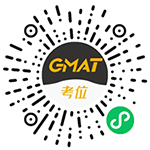






























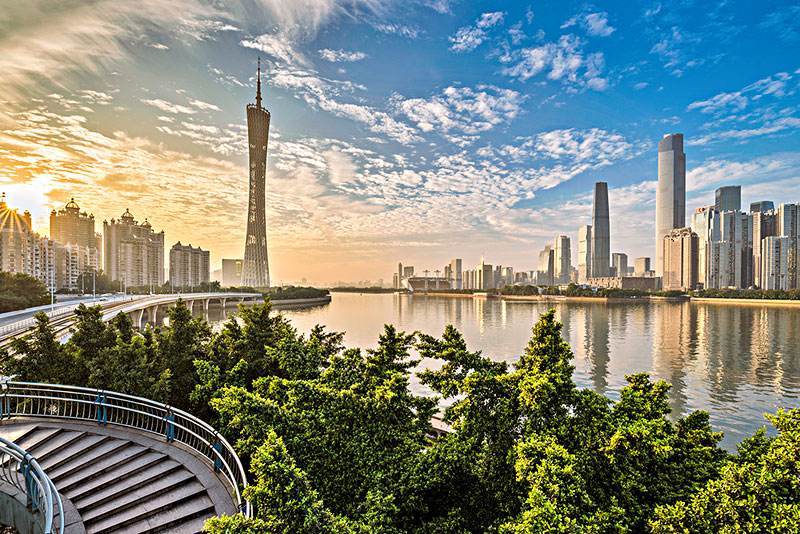
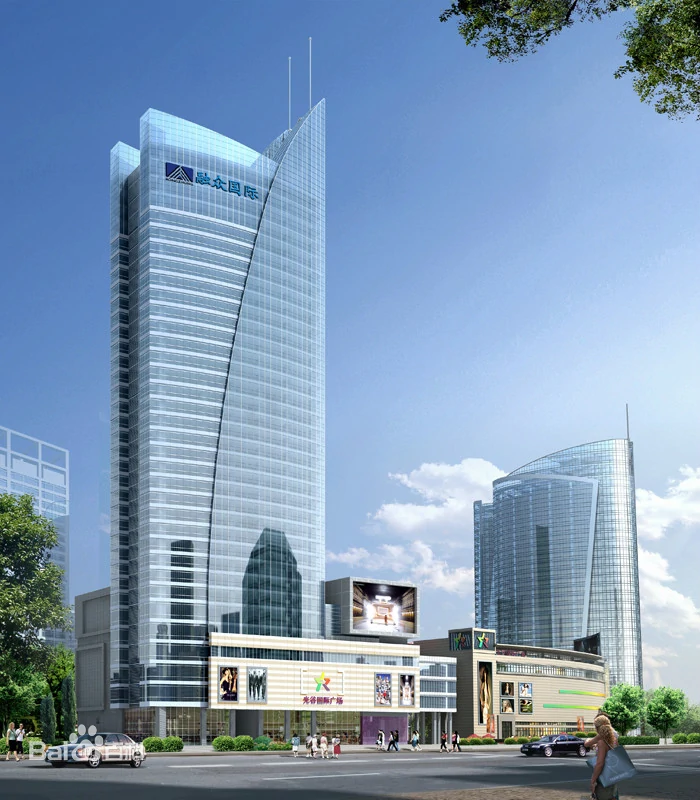


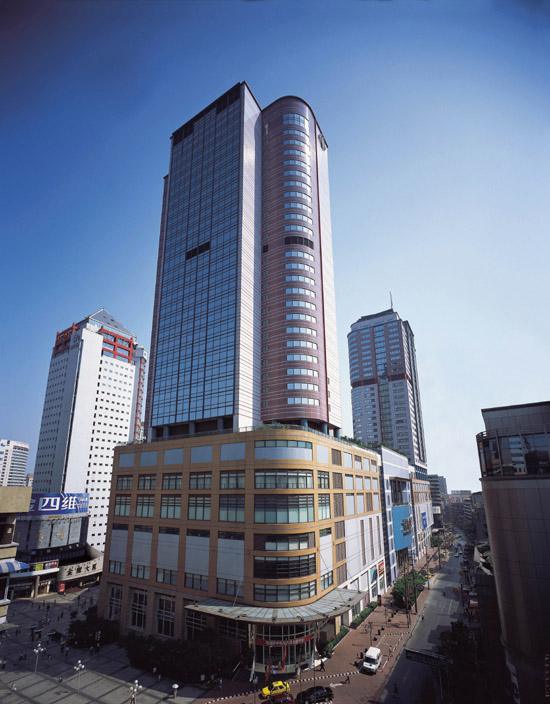
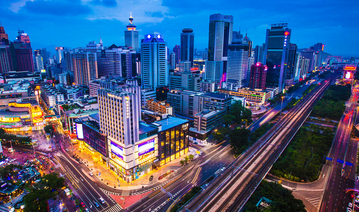
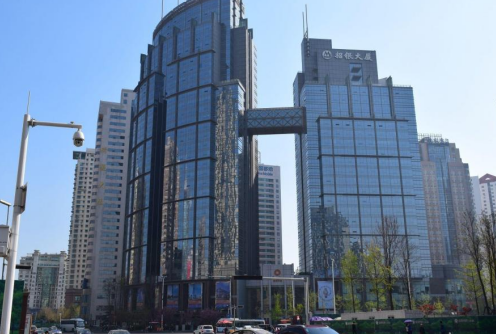



/pc_side.png)




